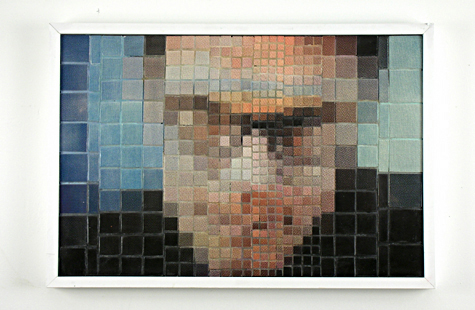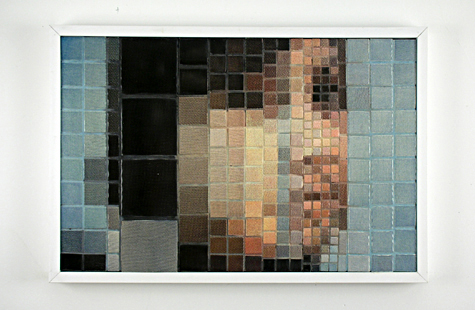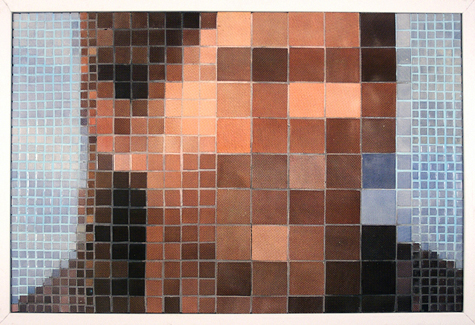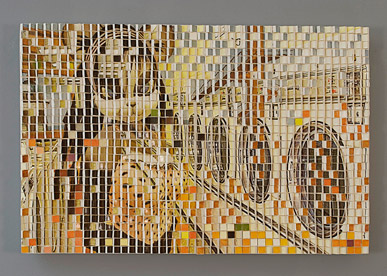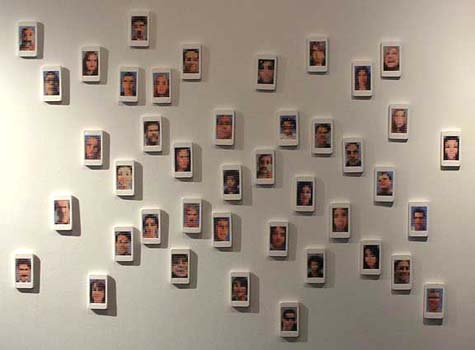IMAGES: MEGUMI NAITOH Google Images
WEBSITE: MEGUMI NAITOH
BIO/CV:
- MFA 2000 Massachusetts College of Art Boston, MA.
- BFA 1996 San Diego State University, San Diego, CA. B.S. Applied Design
Megumi Naitoh teaches in ceramics as well as 3D foundation courses at Emmanuel College where she is the Head of the Art Department. Megumi is actively engaged in the professional field exhibiting nationally and internationally. Her work has been in the collection of Ceramic Research Center, Arizona State University, Tempe, AZ and Gauldagergaard, International Ceramic Research Center as well as private collectors in the US. Megumi has developed and created the ECAR (Emmanuel College Artist in Residence) program in 2010. She is currently the director of the program. This program offers educational opportunities to students, enriches the culture on campus, as well as supporting professional artists. She partnered with Mass. College of Art to develop Study Abroad program in Japanese ceramics to offer International experience to students. This program will be offered in Spring 2012
ARTIST STATEMENT
artist’s statement (2008)
Since 2001, I have been interested in Roman mosaics and their narrative depiction of daily life. I am intrigued by how the mosaics consisted of small pixel like squares that were structured in a non-grid, free form manner. I responded to the Roman mosaics by creating portraits with visible pixels. The tightly configured grid structure of the digital pixilated portraits is contrasted against the more free-formed Roman mosaic aesthetic. The portraits are abstracted and made indefinite by pixilation and present anonymity. The landscape format, size, and frames reference smart phones or computer monitors and suggest internet communication and online activities.
My current work references mosaics and tile murals. My main interest in online activities continues to manifest in this series, exploring the relationship between technology and our lives. In 2007, I became concerned with Second Life, a 3D virtual world. Second Life is created by its residents and inhabited by millions of users from around the globe who create many communities for entertainment, friendship, education, businesses, etc. Although users can express their identities by creating custom avatars, the environment is established to keep the residents’ anonymity.
Anonymous blogs, forums, and social sites are a new way of social interaction. They are quite unique to our contemporary lives. By creating two vantage points and presenting images from both the real and virtual worlds in one piece, the work expresses the integration of real life and virtual life, and how we quickly weave through these two worlds on a daily basis.
Artist Statement (work from 2006 to 2008)
In our contemporary world, mosaics are not just ceramics, stone, and glass, it is they are also digital. In some respects, the meaning of mosaic has changed over time. Mosaic used to be a technique to reveal design and imagery, yet the idea of the digital mosaic in contemporary society is used almost in an opposite manner. It is used to obscure nudity, obscene gesture or identity. I am intrigued by the contrast of its subtext in the Roman era and contemporary society, and it has inspired me to create this body of work.
As the Romans created mosaics of daily-life scenes such as hunting, dining, and sports scenes, I am also creating mosaics of our daily-life scenes, in this case, specifically online activity. Online activity has become a large part of our lives. We get on the internet regularly. Many of us probably have more than couple of alternative online identities to blog, to shop, to pay bills, maybe to meet people, but we rarely disclose our real names.
The current phenomena of ‘My Space’ and ‘Flickr’ reminds us of our strong desire to reach people, yet we are fearful of revealing our identity. By pixilation and abstraction of the portrait, my work visually expresses the anonymity.
SOCIETY FOR CONTEMPORARY CRAFT
My work is concerns with our relationship to technology in our daily lives. Since 2006, I have started to realize an intriguing contrast in the subtext of historical mosaics and contemporary digital mosaics. Historically, mosaic was a way to reveal imagery and design, yet in our contemporary culture, it is used in an opposite manner – to obscure nudity, obscene gesture, or identity. I found the use of digital mosaic to disguise identity, often seen on TV or online, intriguing, as it directly references and so closely resembles my mosaic portraits.
The Roman mosaics depicted scenes of their daily lives. Scenes such as hunting, dining, and sporting events were images used in the creation of the mosaics. I am also creating mosaics out of our daily lives, specifically online activity. Many of us probably have more than a couple of alternative online identities to blog, shop, pay bills, or maybe to meet people. However, we rarely disclose our real names online. The current phenomena of “You Tube” and “Flickr” reminds us of our strong desire to reach people, yet we are fearful to reveal our identity. By pixilation and abstraction of the portrait, my i-phone portrait installation visually expresses anonymity, which suggest paradoxical/contradictory aspect of contemporary life.
This paradox and contradiction also exist in this particular online virtual world Second Life; where the side images of my relief pieces originated in. Second Life is an online 3D virtual world that is created by its residents. It is inhabited by millions of users from around the globe creating many communities for entertainment, friendship, education, businesses etc. Although users have an option to custom make their avatar in details to visually express their identities, the environment is established to keep the residents’ anonymity. It is a new way of social interaction, and what is quite unique to our contemporary life. By creating three vantage points and exhibiting three images both from real world and virtual world in one relief piece, the work expresses integration of real life and virtual life, and how we weave through these two worlds on daily basis in our contemporary lives.


